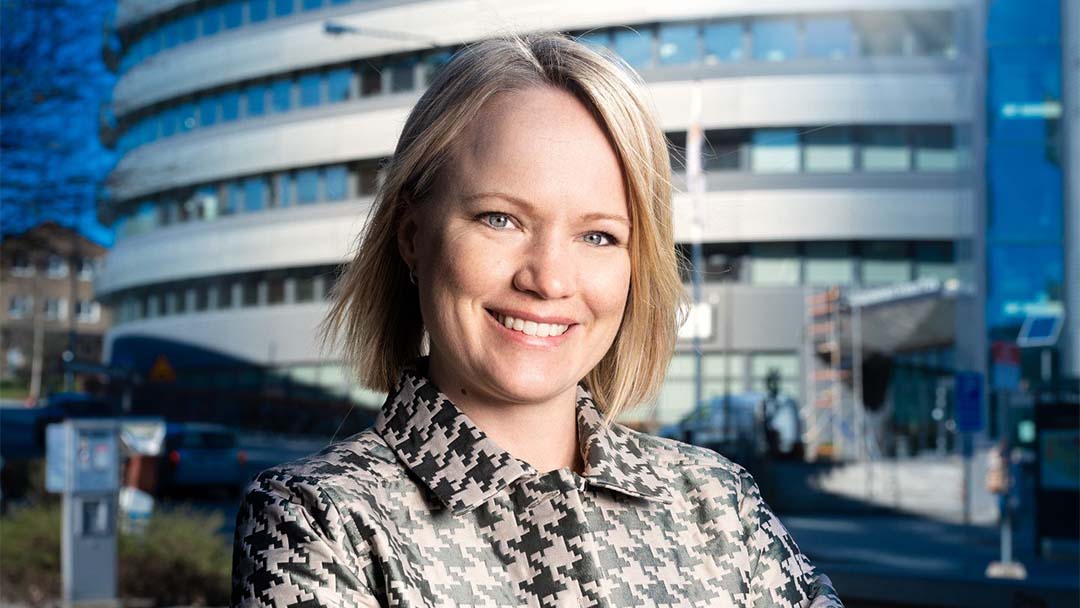New AI method provides a better understanding of our cells

A new AI-based method can give researchers a better understanding of the structure of our cells. Using the new technique, called Multi-Scale Integrated Cell (MuSIC), an international research team has discovered more than 30 new cellular systems, says Professor Emma Lundberg, one of the co-authors of an article recently published in Nature.
“In short, we have developed an AI-based technique to build a model of functional systems in cells, the model is called MuSIC,” says Emma Lundberg.
In order to study what goes on in a cell, researchers need to look more closely at the different parts of the cell, such as organelles and proteins. The two techniques commonly used are microscope imaging and biophysical association, where antibodies are used to extract proteins and find out what they are bound to. However, there is a large gap in scale between the techniques. Microscope imaging measures protein distribution from 200 nanometers to 20 micrometers, while biophysical association measures direct interactions from 10 nanometers and down. The new MuSIC model integrates data obtained with the two technologies using artificial intelligence (AI) and creates a model of the functional components of a cell.
“With MuSic, which was a pilot project to demonstrate AI technology, we have discovered more than 30 new cellular systems. The next step is to build a MuSIC model of all proteins in a cell, and then move on to different cell types and diseases,” says Emma Lundberg.
Prevent diseases
She and the other researchers behind the study published in Nature , hope that the model can be used to deepen the knowledge of how cells work – which in the long run could help us understand and prevent various diseases.
“Understanding which systems in human cells give rise to different functions is fundamental to understanding how cells work and how diseases develop. I guess this technology and others like it will be used both in academia but also in the pharmaceutical industry to try to find better drug targets for various diseases,” says Emma Lundberg.
Text: Jon Lindhe
Read more about MuSIC: Healthcare in Europe/ What is in our cells?
